Stories Category: Intensive Care
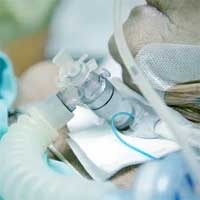
Efficacy and Safety of a Paired Sedation and Ventilator Weaning Protocol in ICU
Approaches to removal of sedation and mechanical ventilation for critically ill patients vary widely. Our aim was to assess a protocol that paired spontaneous awakening trials (SATs)—ie, daily interruption of sedatives—with... read more

Pulmonary Embolism in COVID-19 Patients in France
Pulmonary embolism (PE) in the context of coronavirus disease 2019 (COVID-19) appears to be driven largely by inflammation and coagulopathy rather than by traditional risk factors for thromboembolism. Study results suggest... read more
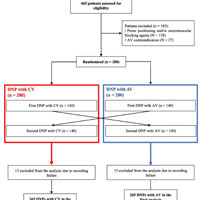
Automated vs. Conventional Ventilation in the ICU
Automated ventilation (AV) appears to reduce the incidence and severity of blood oxygen desaturation during daily nursing procedures (DNPs) in comparison to Conventional Ventilation (CV). Of the 265 included patients,... read more

Non-Invasive Cardiac Imaging for LVAD and OHT During COVID-19
Considerations for cardiac imaging in the COVID-19 era include thoughtful patient and study selection with a goal to limit the overall number of tests. General recommendations are as follows: Defer routine or low-risk... read more
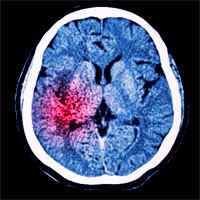
Quetiapine Decreases Mortality and Improve Neurological Outcomes in Critically-ill TBI Patients
Quetiapine may decrease mortality and improve neurological outcomes in critically-ill traumatic brain injury (TBI) patients. It has a dose-dependent effect to decrease intracranial pressure (ICP) and increase cerebral perfusion... read more

ICU Doctor Creates App to Help Patients on Ventilators Communicate Faster
ICU Doctor Chandar Abboy and his partner came up with a way to give a voice to the voiceless. The app called “Yo Doc” allows patients on ventilators to better communicate their needs and feelings. Dr. Abboy says this... read more
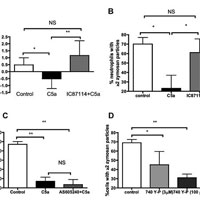
Anaphylatoxin C5a Impairs Phagocytosis by Neutrophils
This study provides new insight into the mechanisms underlying immunocompromise in critical illness and suggests novel avenues for therapy and prevention of nosocomial infection. Critically ill patients are at heightened... read more
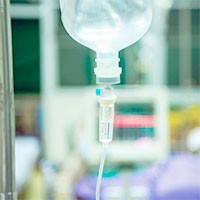
Comparing Procedural Amnesia and Respiratory Depression vs. MS and DS with Propofol
Targeting moderate sedation (MS) or deep sedation (DS) did not reliably result in the intended sedation level. Targeting MS, however, resulted in a lower rate of total AREs and fewer patients had multiple AREs with no difference... read more
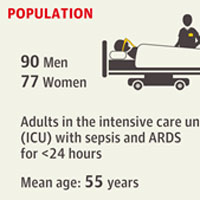
Effect of Vitamin C Infusion on Organ Failure and Biomarkers of Inflammation and Vascular Injury in Patients With Sepsis and ARDS
In this preliminary study of patients with sepsis and ARDS, a 96-hour infusion of vitamin C compared with placebo did not significantly improve organ dysfunction scores or alter markers of inflammation and vascular injury.... read more
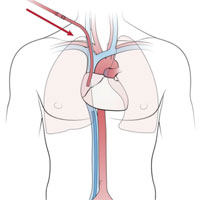
The Use of ECMO in Patients with Cardiopulmonary Failure Due to COVID-19
COVID-19 related cardiopulmonary failure such as ARDS and cardiogenic shock or massive pulmonary embolism can be successfully supported with ECMO. Judicious patient selection is important to enable maximal benefit and optimized... read more

Association Between Anxiety and New Organ Failure, Independently of Critical Illness Severity and Respiratory Status
Moderate to severe anxiety at ICU admission is associated with early occurrence of new organ failure in critically ill patients, independently of respiratory status and severity of critical illness. The causality link could... read more
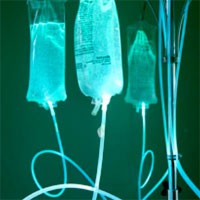
Physiologic Assessment: Variation in Fluid and Vasopressor Use in Shock
The decision whether to give more fluid during the management of shock can be somewhat provider-dependent. This multicenter prospective cohort study evaluated 1639 patients with hypotension requiring vasopressors. The... read more
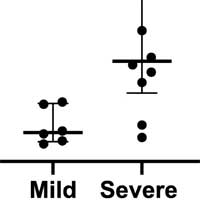
Serum Levels of Receptor-interacting Protein Kinase-3 in Patients with COVID-19
Patients with coronavirus disease 2019 (COVID-19) can develop acute respiratory distress syndrome (ARDS), which has been linked to poor prognosis and is a major contributor to patient death. A better understanding of the... read more
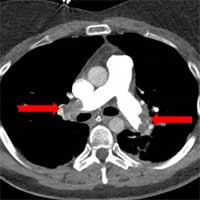
Massive PE with Intra-hospital Cardiac Arrest and Full Recovery of RV Function after vaECMO
The concept of vaECMO treatment alone might be a valuable alternative in selected patients with massive PE and cardiogenic shock, in whom thrombolytic therapy might not unload the RV fast enough. We present a case of a... read more
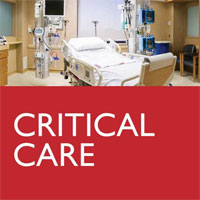
Lange Critical Care
LANGE Critical Care delivers concise, evidenced-based, and highly clinical coverage of the surgical and medical aspects of critical care. The book provides basic fundamentals, applications and insights that will be of lasting... read more
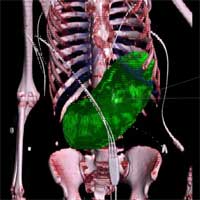
Computer Tomographic Assessment of Gastric Volume in Major Trauma Patients
In major trauma patients, overall stomach volume deriving from food, fluids and air must be expected to be around 400–500 mL. Gastric dilation caused by air is common but not typically associated with pre-hospital airway... read more
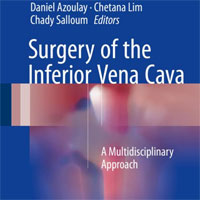
Surgery of the Inferior Vena Cava
This book addresses an urgent need, offering an updated, detailed and multidisciplinary review of surgery of the inferior vena cava (IVC). Over the past two decades, tremendous advances have been made in this field and related... read more








